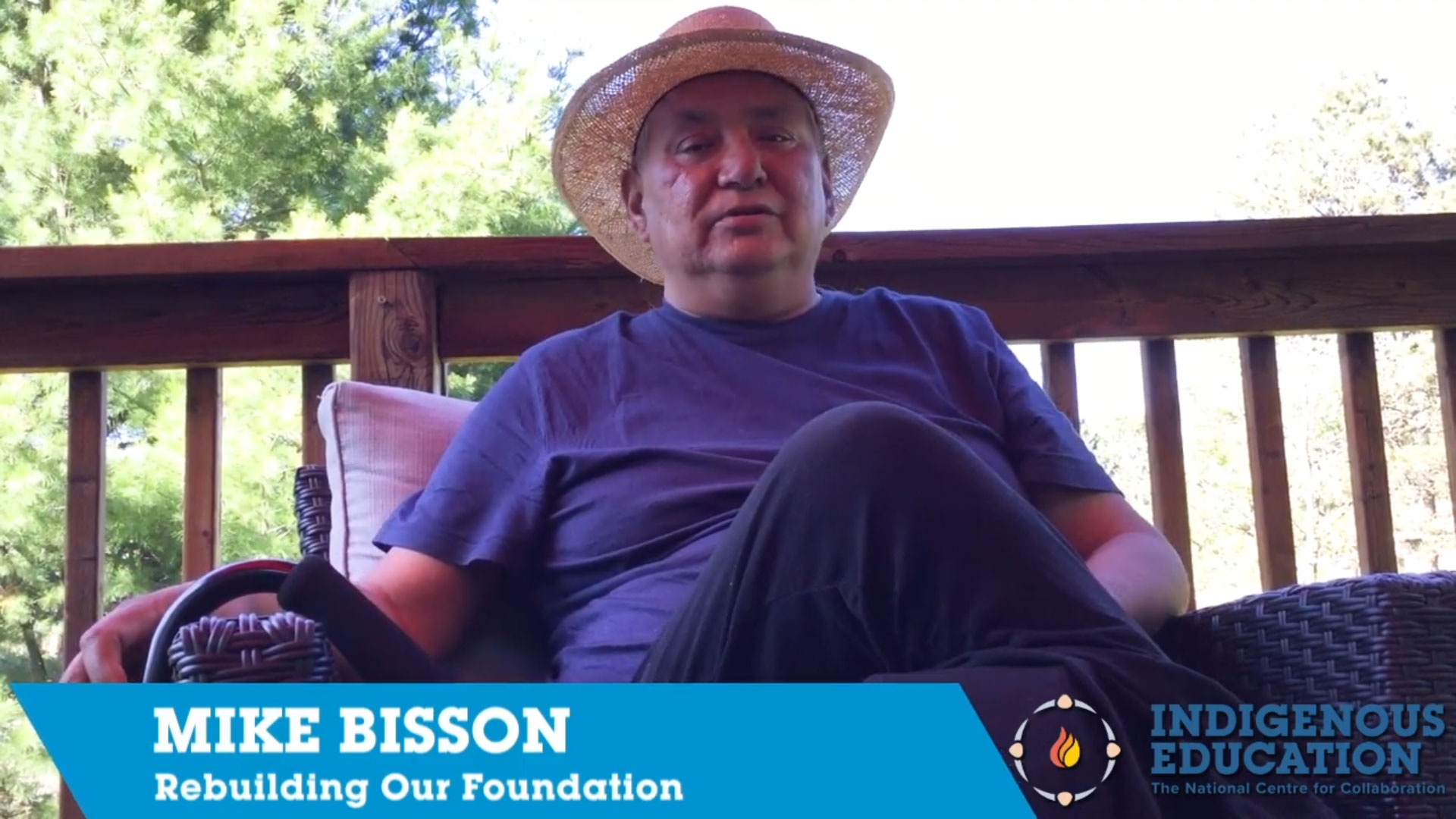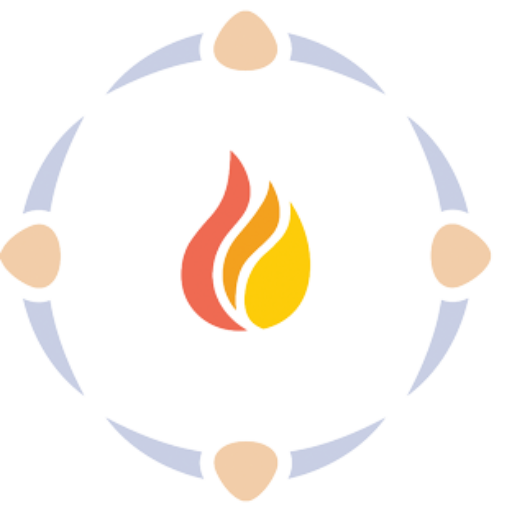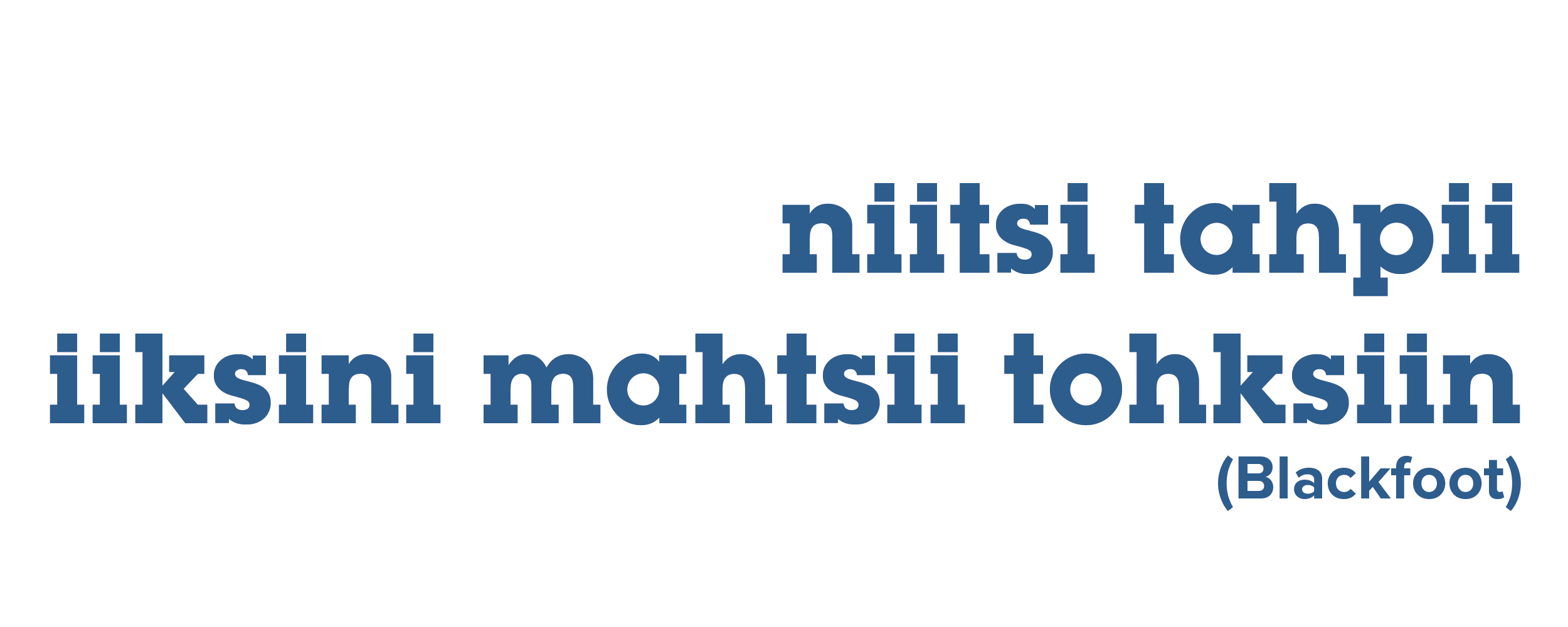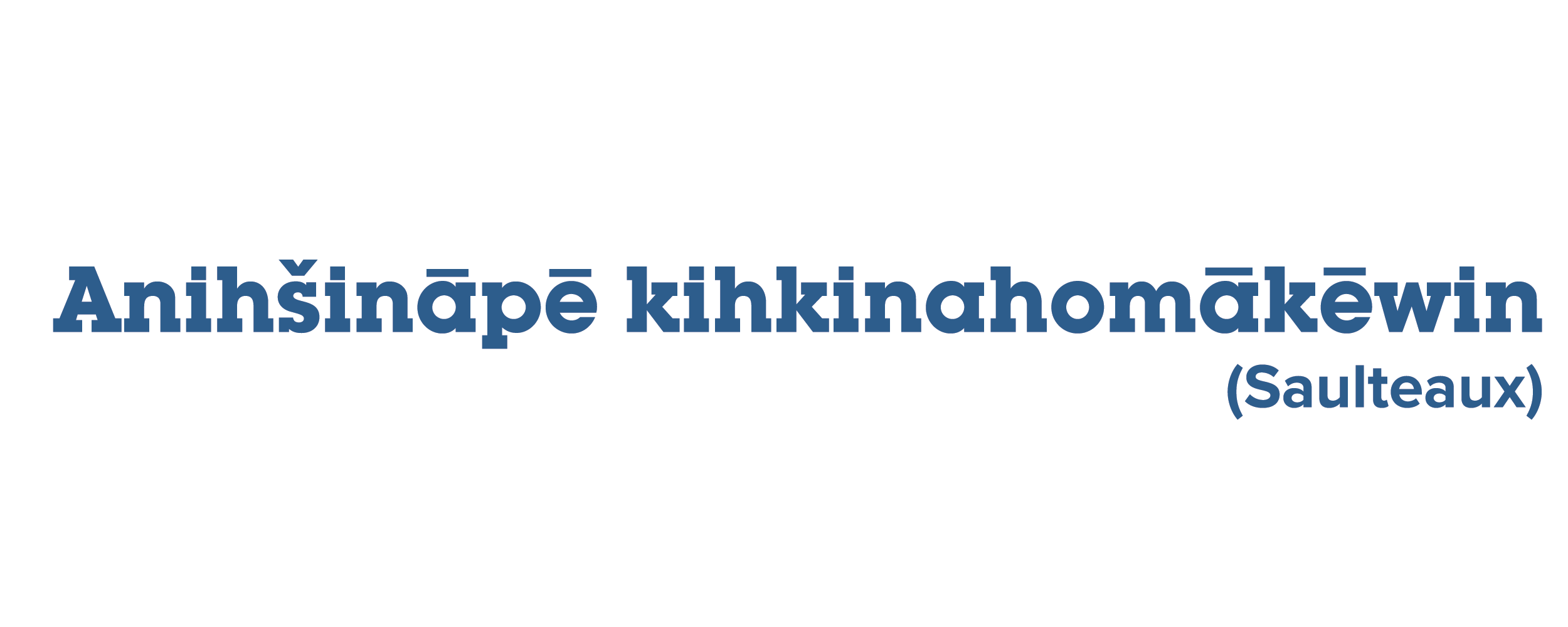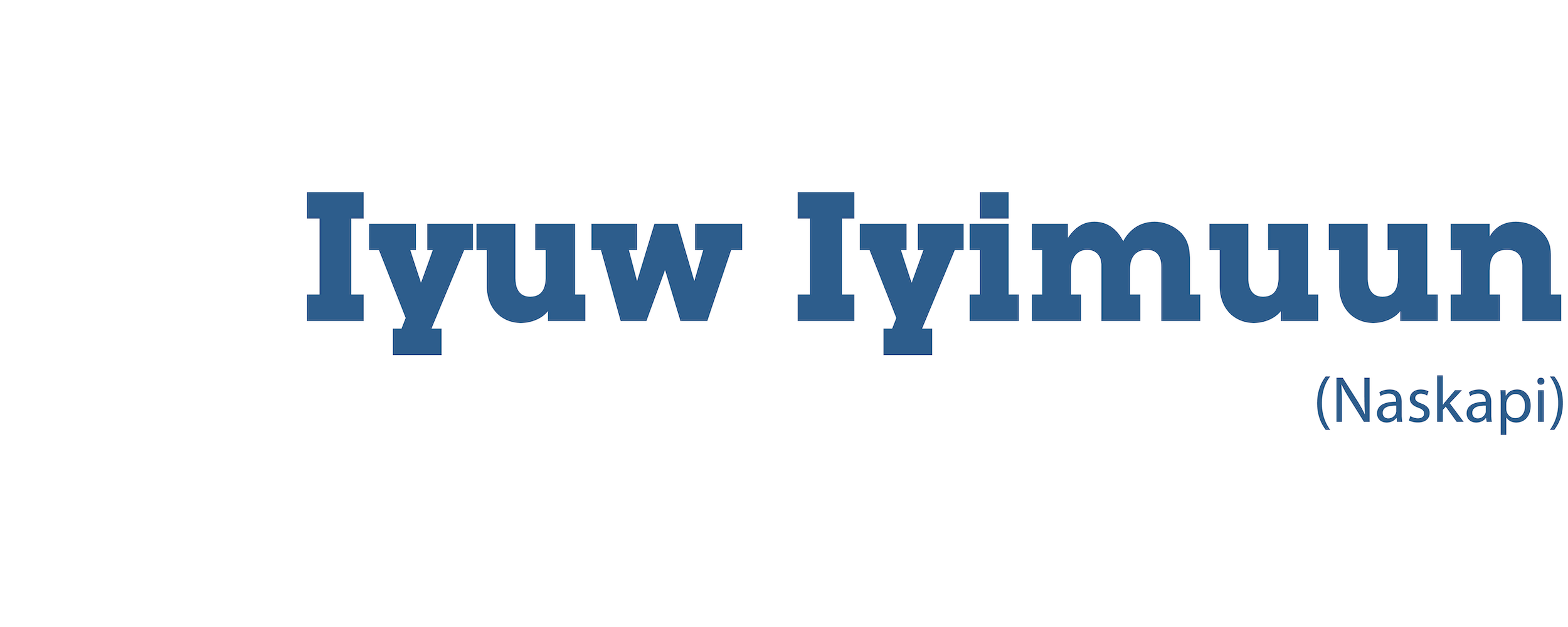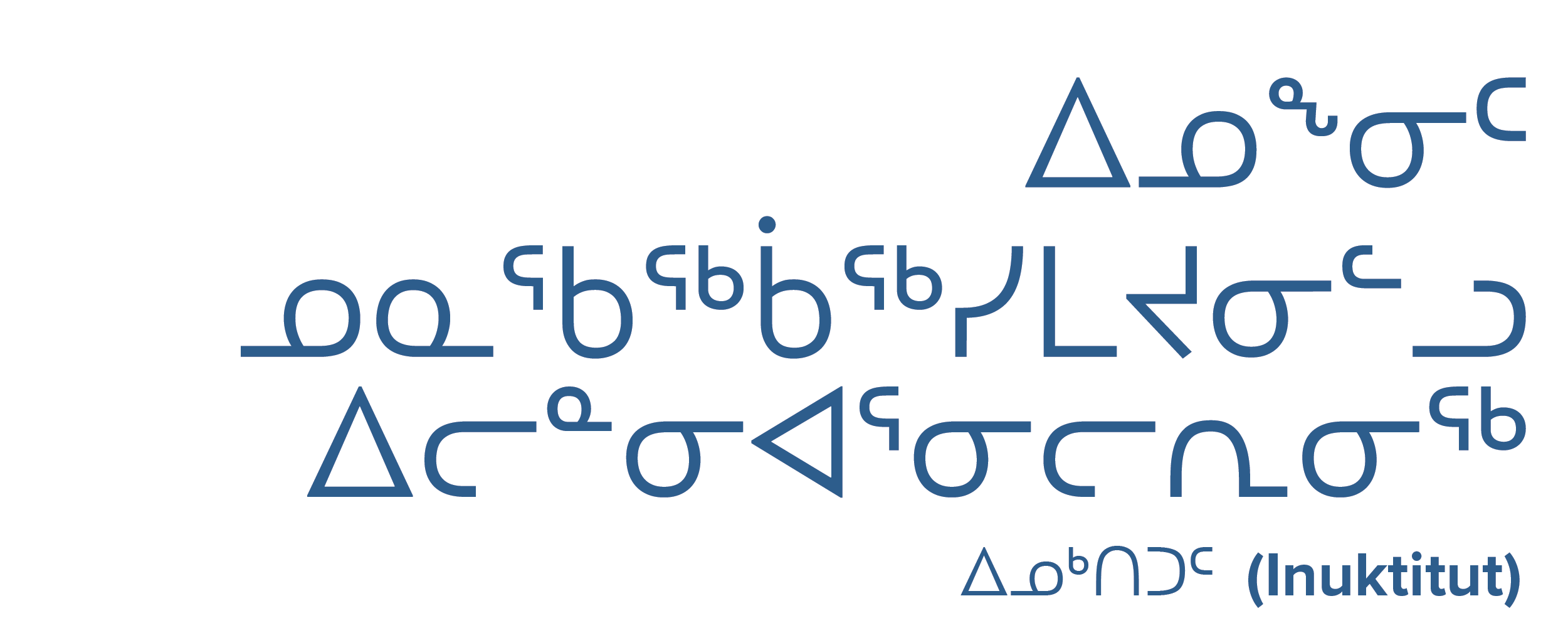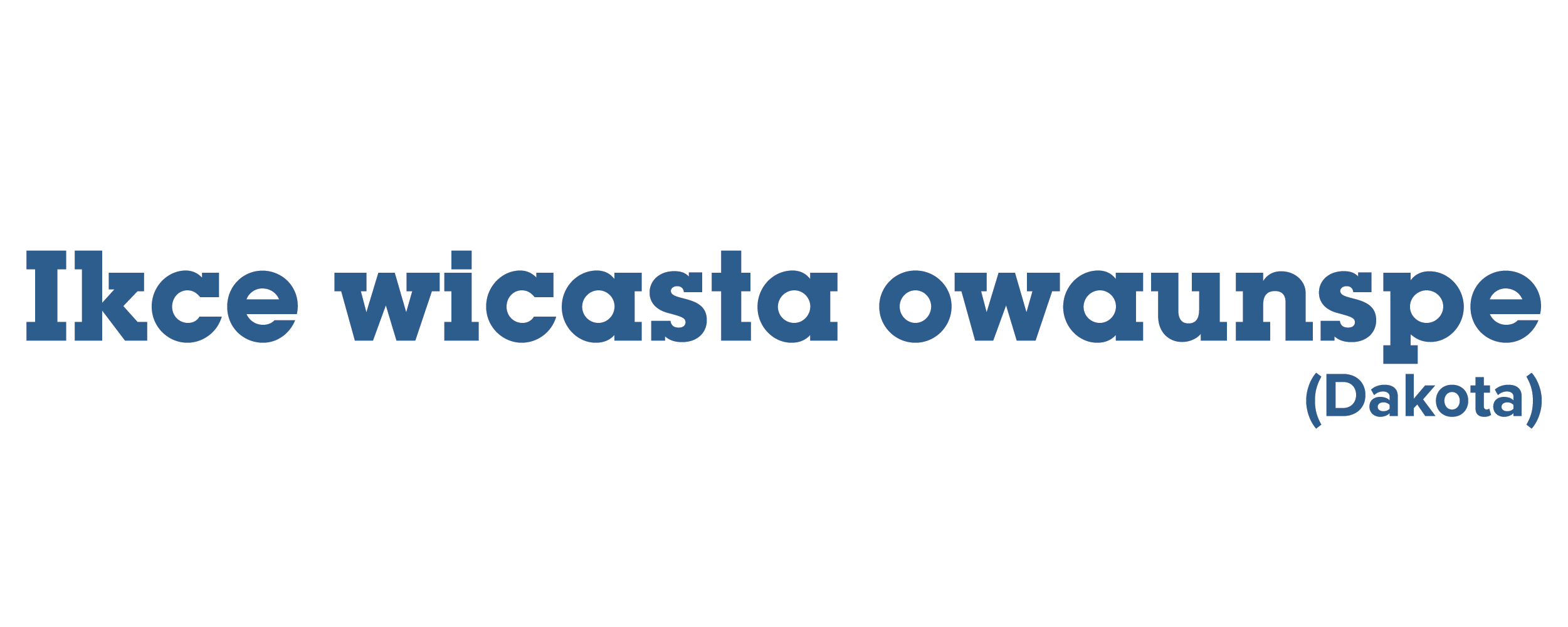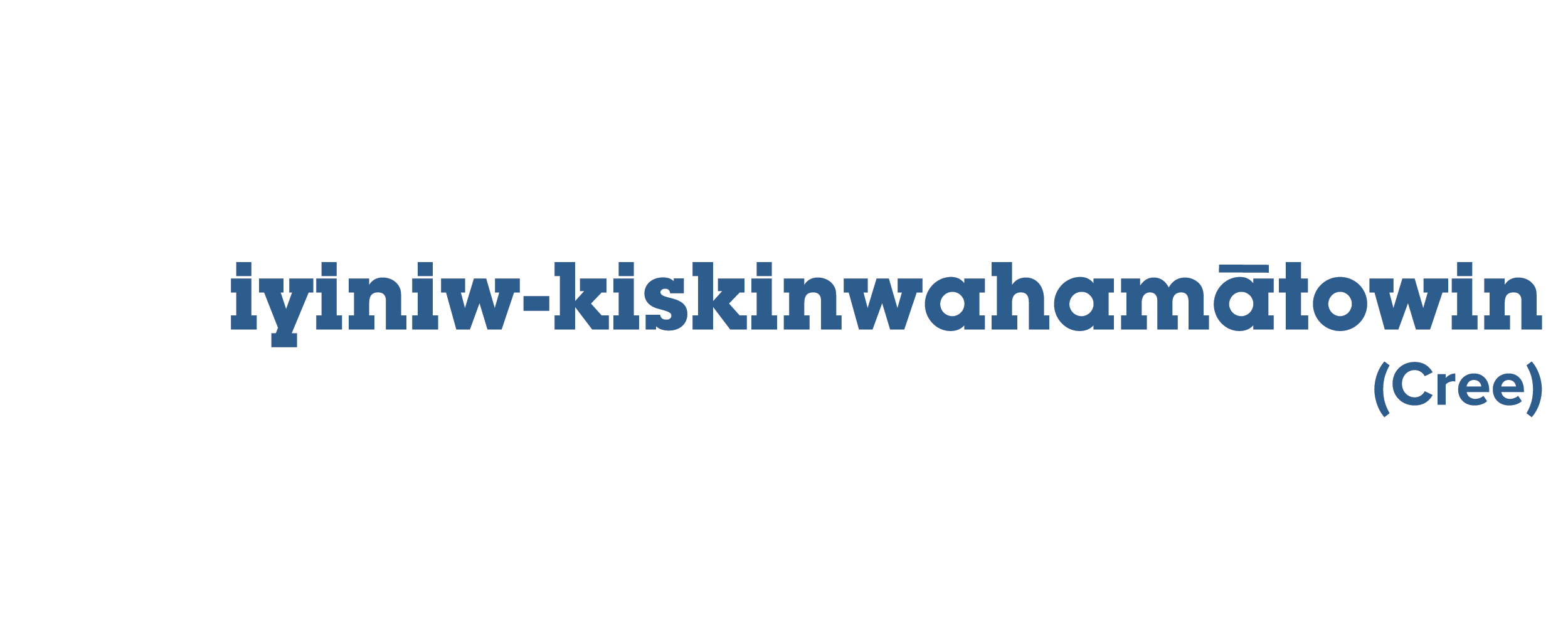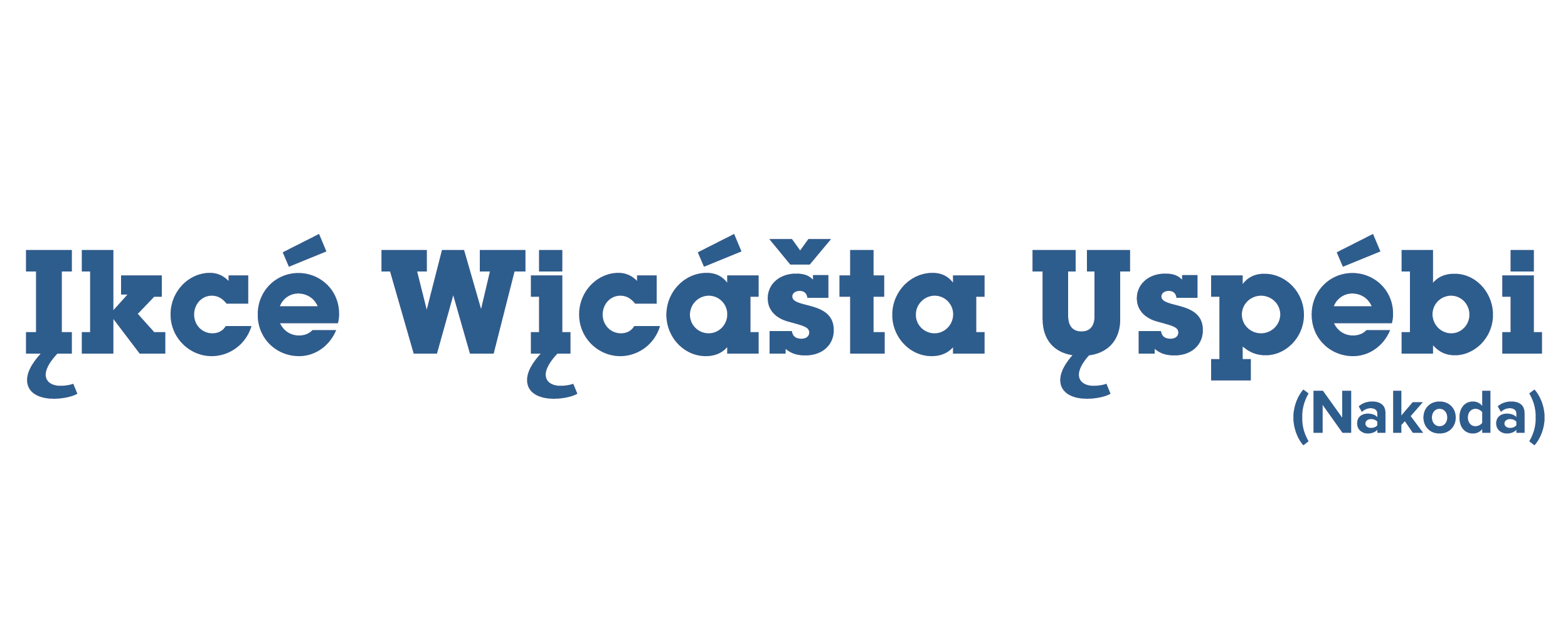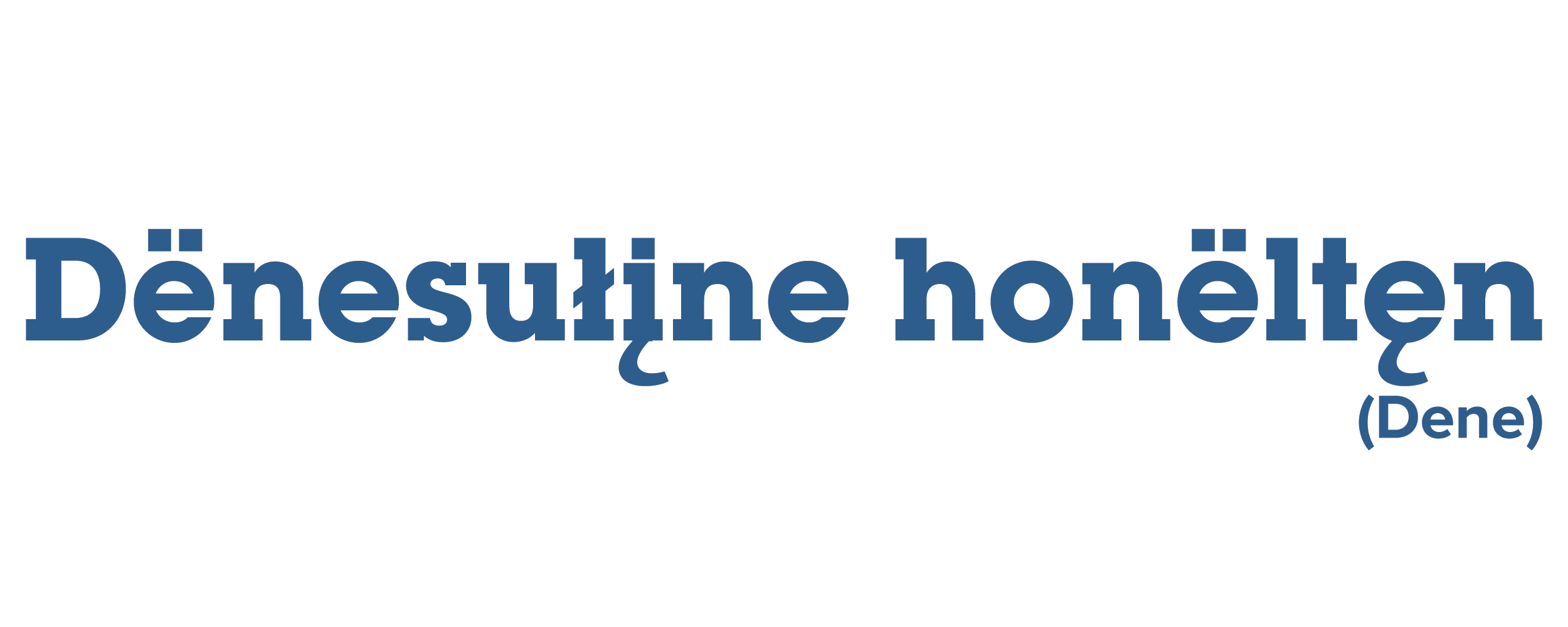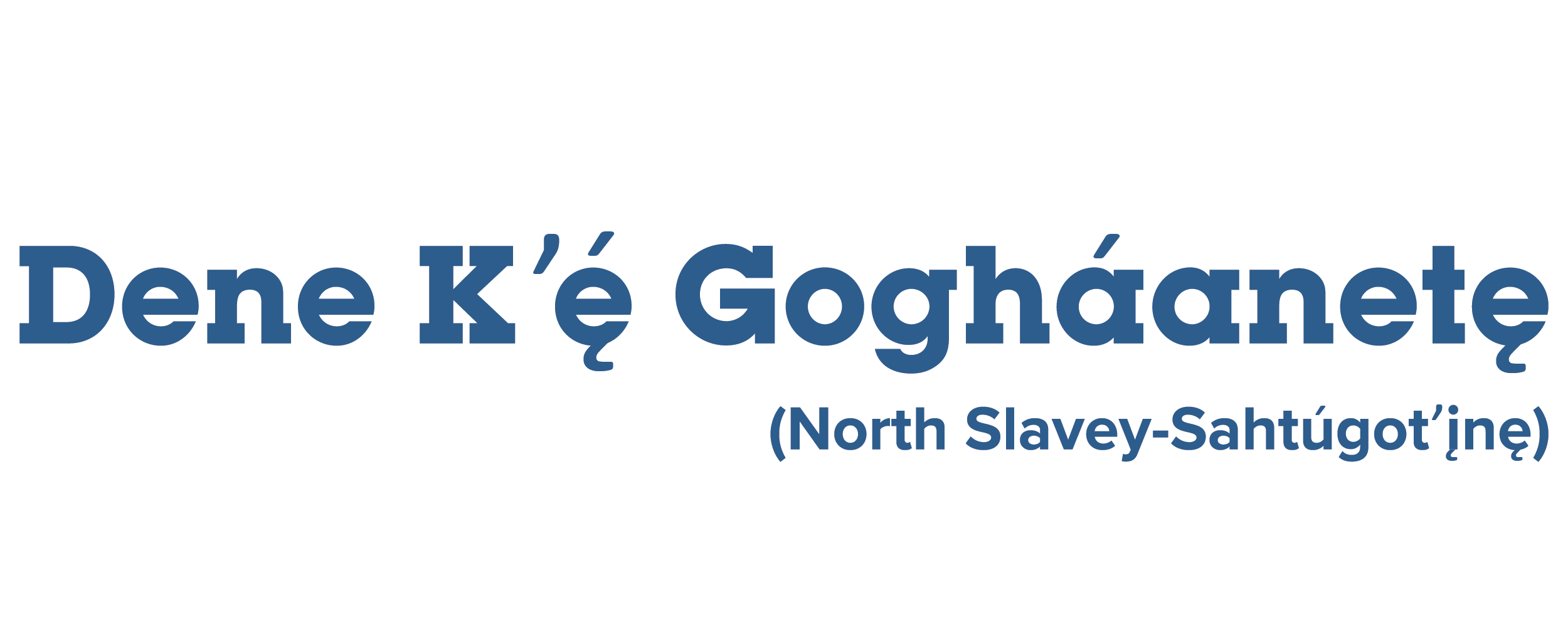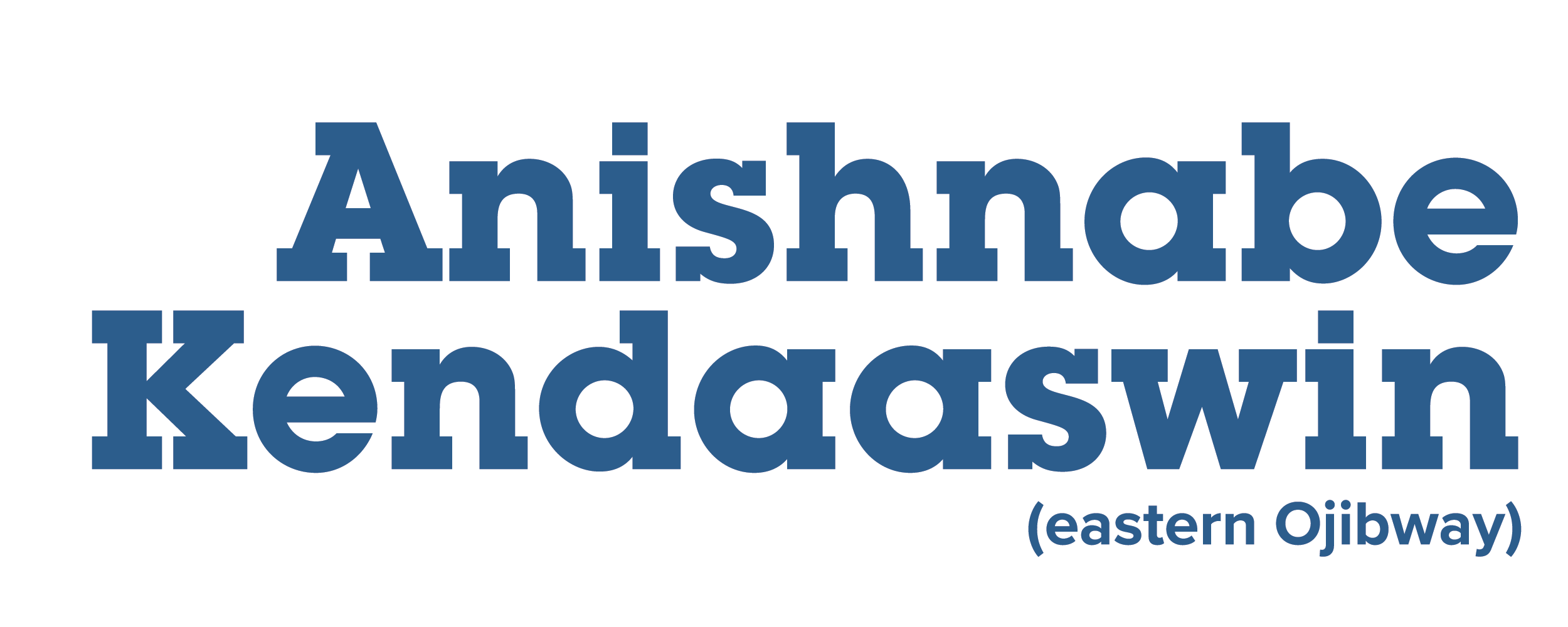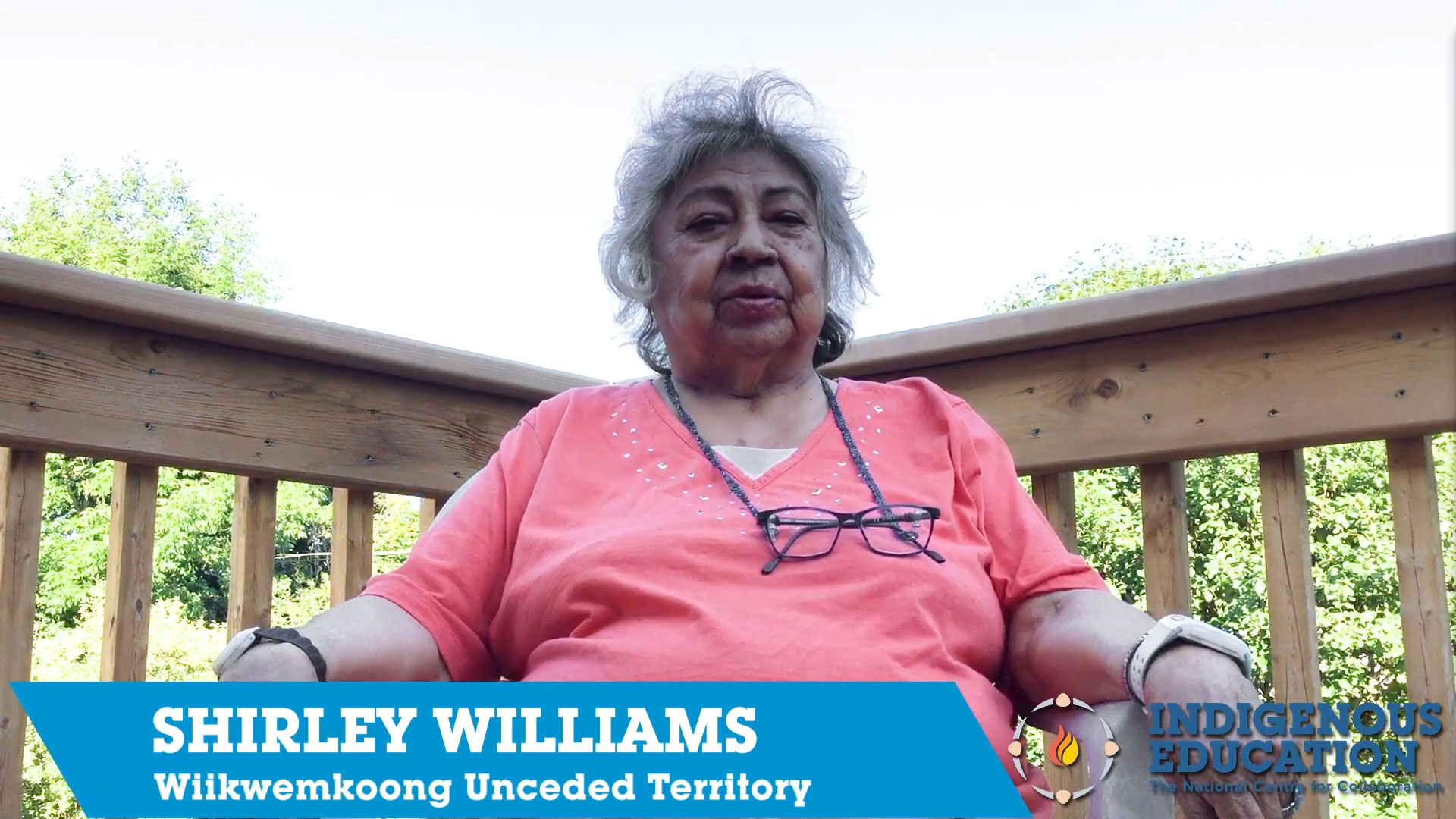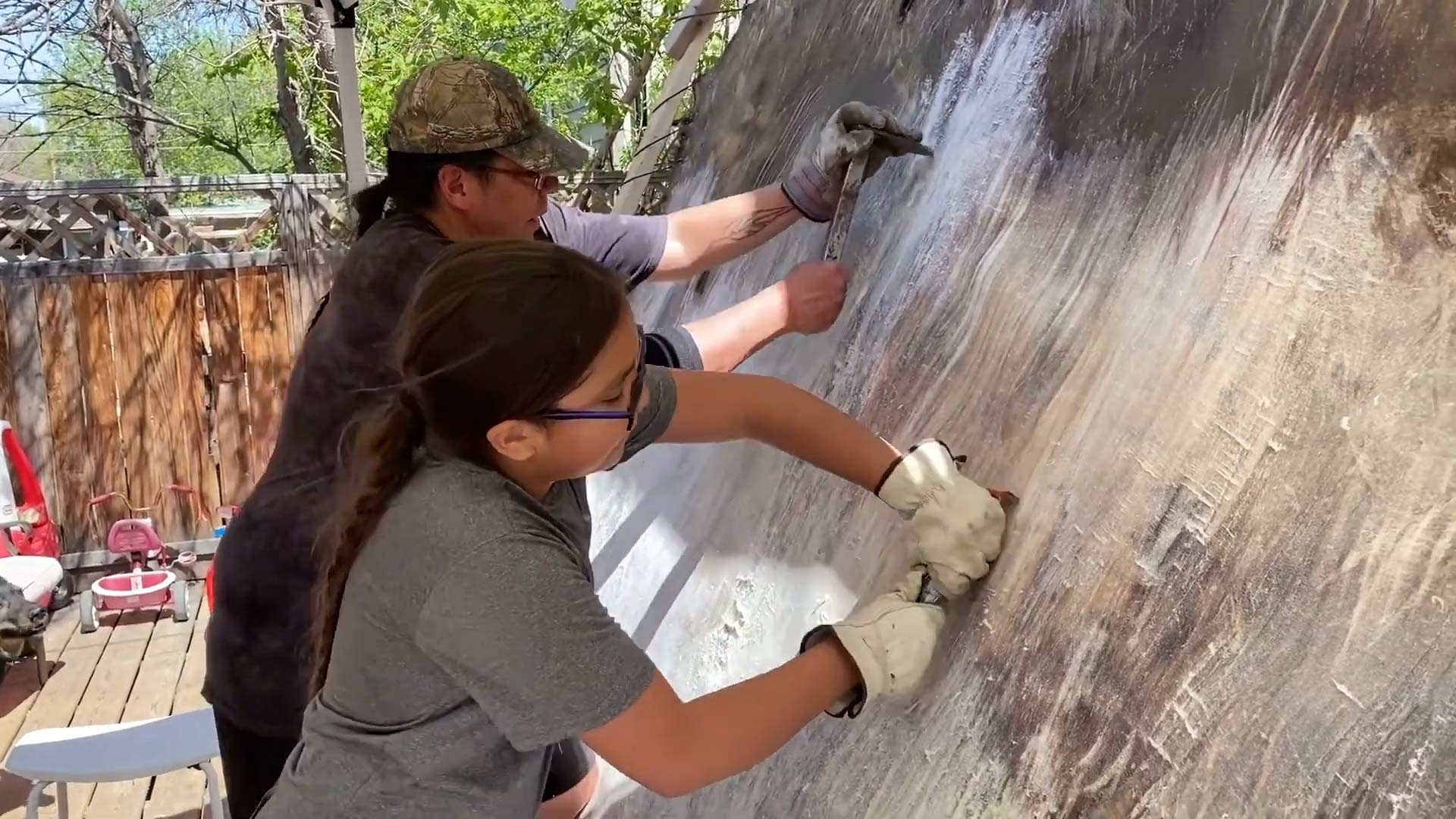Posted on April 7, 2021 by OFIFC and N'Amerind Friendship Centre
Wiingashk Alternative Secondary School is located at N’Amerind Friendship Centre in London. This program offers urban Indigenous students a culture-based education that balances the secondary school curriculum with wholistic, culturally relevant educational approaches.
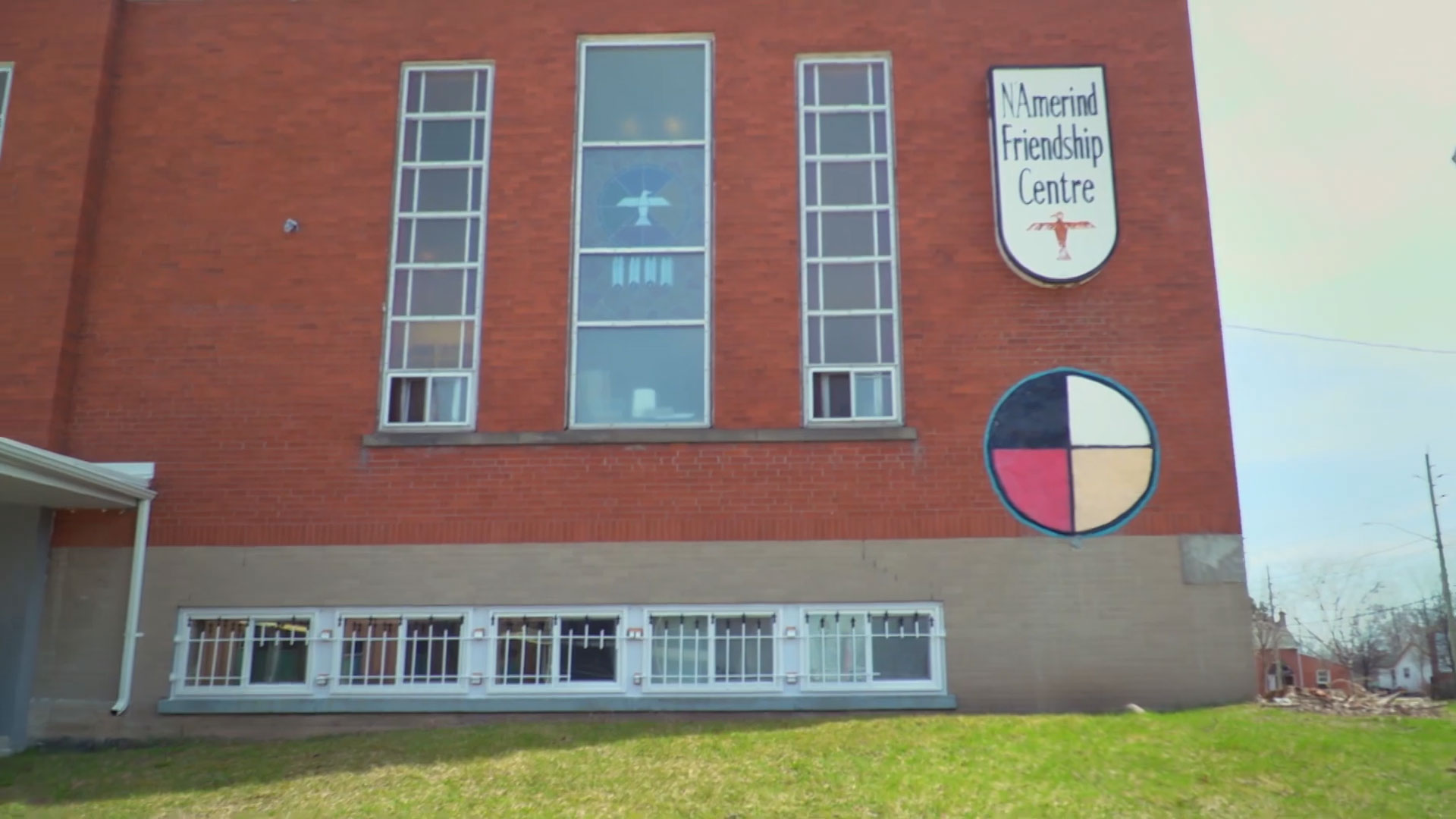
Wiingashk offers opportunities to learn life skills and Indigenous cultural teachings and is designed to help encourage Indigenous students to continue their self-voiced educational goals. The program coordinator and teachers work collaboratively with Friendship Centre staff, specifically Indigenous counsellors and mental health supports, to assist students with their overall well-being, personal goals, and life challenges.
The Wiingashk Alternative Secondary School is part of an Ontario-wide network of 11 Alternative Secondary Schools supported by the Ontario Federation of Indigenous Friendship Centres (OFIFC). The OFIFC is the largest urban Indigenous service network supporting the vibrant, diverse, and quickly-growing urban Indigenous population through programs and initiatives that span justice, health, family support, long-term care, healing and wellness, employment and training, education, and research. The OFIFC represents the collective interests and vision of its 29-member Friendship Centres, which are hubs of community and gathering spaces where people can connect to their culture, access services and programs and build community.
The vision of the Friendship Centre movement is to improve the quality of life for Indigenous people living in urban environments. Education has always been an integral part of this vision, as access to culturally-safe learning opportunities that center learners’ needs and gifts is key for the wellbeing of urban Indigenous people. The Alternative Secondary School Program was first piloted in 1990, as Friendship Centre communities organized to meet the needs of students and their families, in response to major gaps in mainstream schooling that included lack of safe, culture-based, wholistic education available to Indigenous learners. The program is realized through a partnership between Friendship Centres and their local District School Board, supported by a long-standing relationship between the Ontario Ministry of Education and the OFIFC. As a program dedicated to offering personalized support to Indigenous students within a setting that combines community and academic support, the ASSP reflects Indigenous student needs and delivers education tailored to Indigenous students in an Indigenous environment.
To learn more about this program, please visit https://ofifc.org/program/alternative-secondary-school-program/ and http://www.namerind.on.ca/.
Posted on March 30, 2021 by Steffany Salloum
Elder Willie Ermine from Sturgeon Lake First Nation shares about the process of community development and how possibilities like Harvest Days come to fruition in his community.
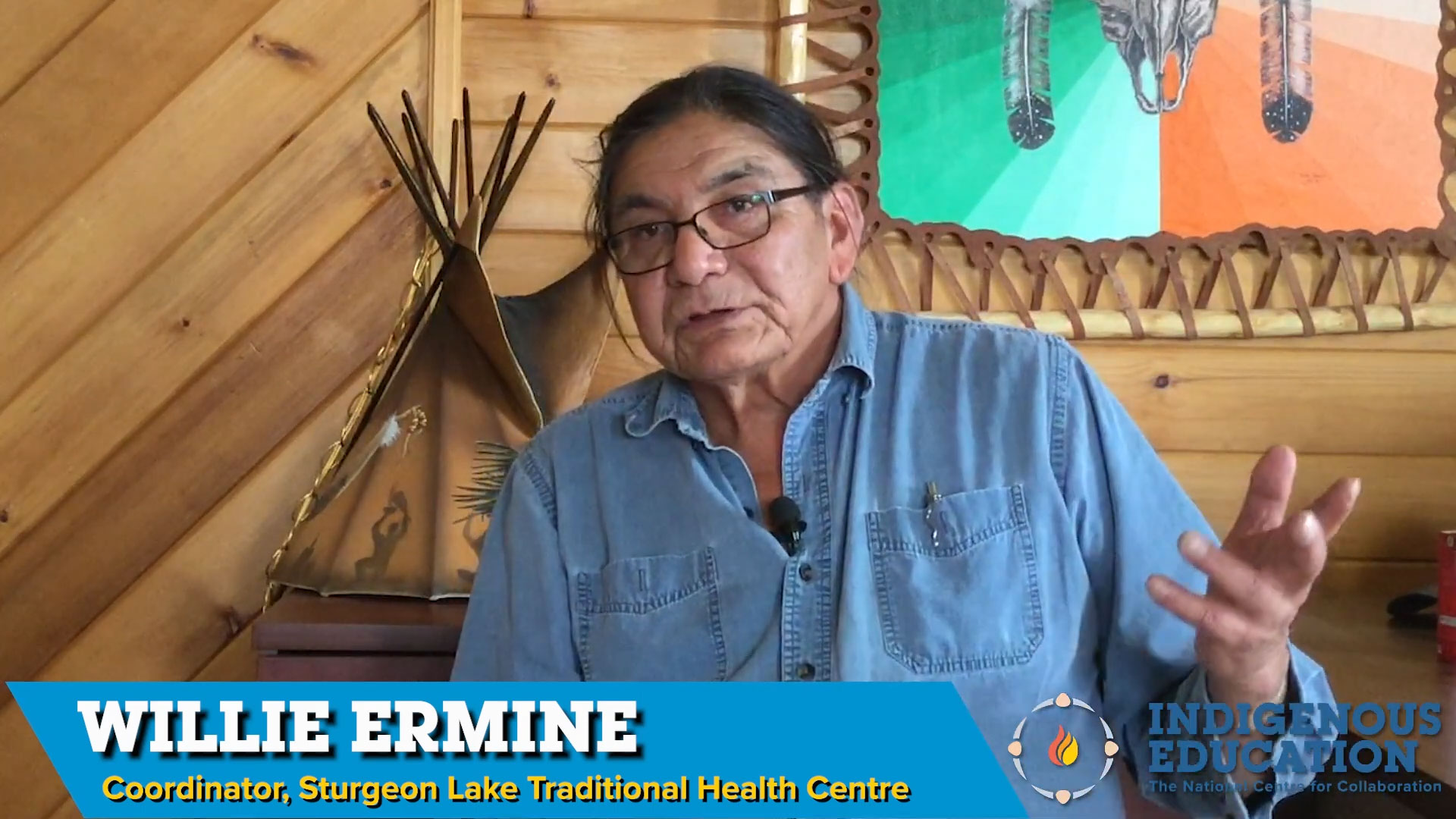
Elder and ceremonialist, Willie Ermine, from Sturgeon Lake First Nation is the Traditional Health Coordinator at the Lloyd Johnson Memorial Healing Lodge. It is through the Elder’s Council and the work of the Healing Lodge that brings Sturgeon Lake community members together. Ermine discusses the history of his community and shares about the uniqueness of community members. The people are special and it is with the gifts of the people that will determine what is possible. By extracting the memory of the community he hopes that community members will see themselves in the history and will find strength in that knowledge.
Case Study: Sturgeon Lake Traditional Health Program
Posted on March 23, 2021 by Gabriel Maracle
Une table ronde à laquelle ont participé cinq étudiants autochtones s’est tenue à l’Université Trent pour discuter de leurs expériences dans leurs études postsecondaires. Les étudiants ont donné leur avis sur les difficultés rencontrées par les jeunes autochtones pour accéder à l’université et travailler au sein du système d’enseignement postsecondaire. Parmi les thèmes qui ont […]
Une table ronde à laquelle ont participé cinq étudiants autochtones s’est tenue à l’Université Trent pour discuter de leurs expériences dans leurs études postsecondaires. Les étudiants ont donné leur avis sur les difficultés rencontrées par les jeunes autochtones pour accéder à l’université et travailler au sein du système d’enseignement postsecondaire. Parmi les thèmes qui ont émergé de la discussion, citons les difficultés à choisir une discipline, les défis liés à l’admission aux études postsecondaires, l’importance d’un mentor et d’un soutien dans le cadre universitaire, et l’importance de l’apprentissage de la culture et du renforcement de l’identité au cours de leurs études postsecondaires.
Les participants à la table ronde étaient :
• Bobby Henry, Haudenosaunee
• Papatsi Kotierk, Inuit
• Thomas Morningstar, Anishinaabeg
• Amy Shawanda , Anishiaabeg
• Coty Zachariah, Haudenosaunee
• Gabriel Maracle, Haudenosaunee (Animateur)
Notre gratitude aux Aye Min Latt, Réalisation vidéo.
Cette vidéo est offerte en anglais seulement.
Posted on February 3, 2021 by Steffany Salloum
The resilience of the buffalo is in our blood and we must re-learn and remember our relationship with the buffalo.
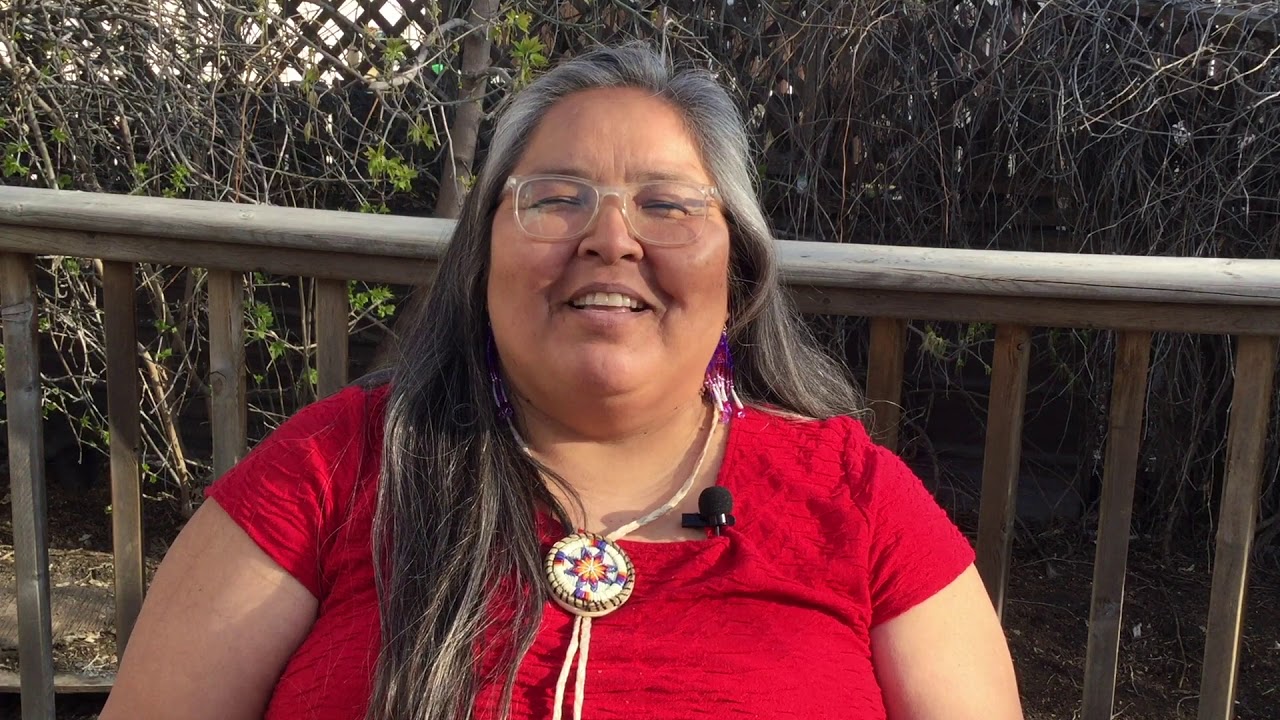
Joely BigEagle-Kequahtooway and Lorne Kequahtooway are artists and leaders behind the Buffalo People Arts Institute (BPAI). Founded in 2015, BPAI became a non-profit organization whose mission is to share traditional Indigenous teachings and knowledge in order to raise social consciousness and create awareness of the power and strength drawn from blood memory and our connection to the buffalo.
In collaboration with NCCIE and Common Weal, BPAI documents the process of and teachings about buffalo hide tanning. This series of stories entitled, Buffalo Hide Tanning and Teachings, takes you on a journey of exploring connection to the buffalo while also reflecting on the social and historical realities of the buffalo and the people who rely on its survival.
Posted on by Steffany Salloum
In Part 2 of the series, Lorne shares his knowledge about and models making a buffalo bone scraping tool used on buffalo hides.
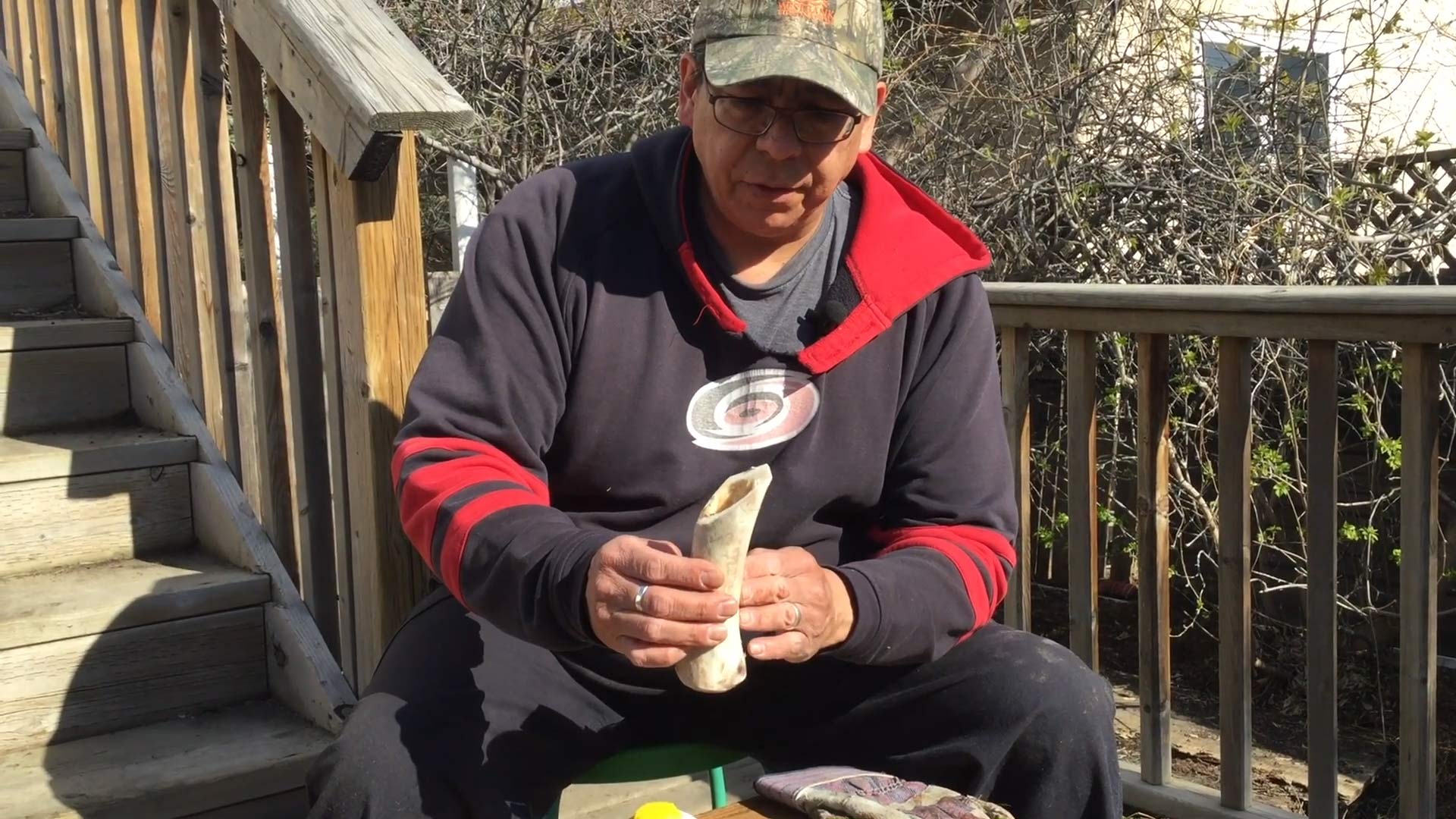
Lorne Kequahtooway walks the audience through a demonstration of traditional tool making while discussing the history of the tools. The first steps in making a buffalo or moose bone scraping tool is to boil the bones and remove any meat or fat left on the bone. Once the bone dries there may be hair or skin on the bone that needs to be removed. Then, the edge of the bone needs to be cut at a 60 degree angle with grooves cut into the angled edge creating a serrated edge. The serrated edge is filed and sharpened which allows for a more efficient hide scraping. The last step of this process involves drilling a hole through the bone to install a leather loop handle.
Joely BigEagle-Kequahtooway and Lorne Kequahtooway are artists and leaders behind the Buffalo People Arts Institute (BPAI). Founded in 2015, BPAI became a non-profit organization whose mission is to share traditional Indigenous teachings and knowledge in order to raise social consciousness and create awareness of the power and strength drawn from blood memory and our connection to the buffalo.
In collaboration with NCCIE and Common Weal, BPAI documents the process of and teachings about buffalo hide tanning. This series of stories entitled, Buffalo Hide Tanning and Teachings, takes you on a journey of exploring connection to the buffalo while also reflecting on the social and historical realities of the buffalo and the people who rely on its survival.
Posted on by Steffany Salloum
In Part 3 of the series, the Buffalo People Arts Institute prepare the buffalo hide for scraping.
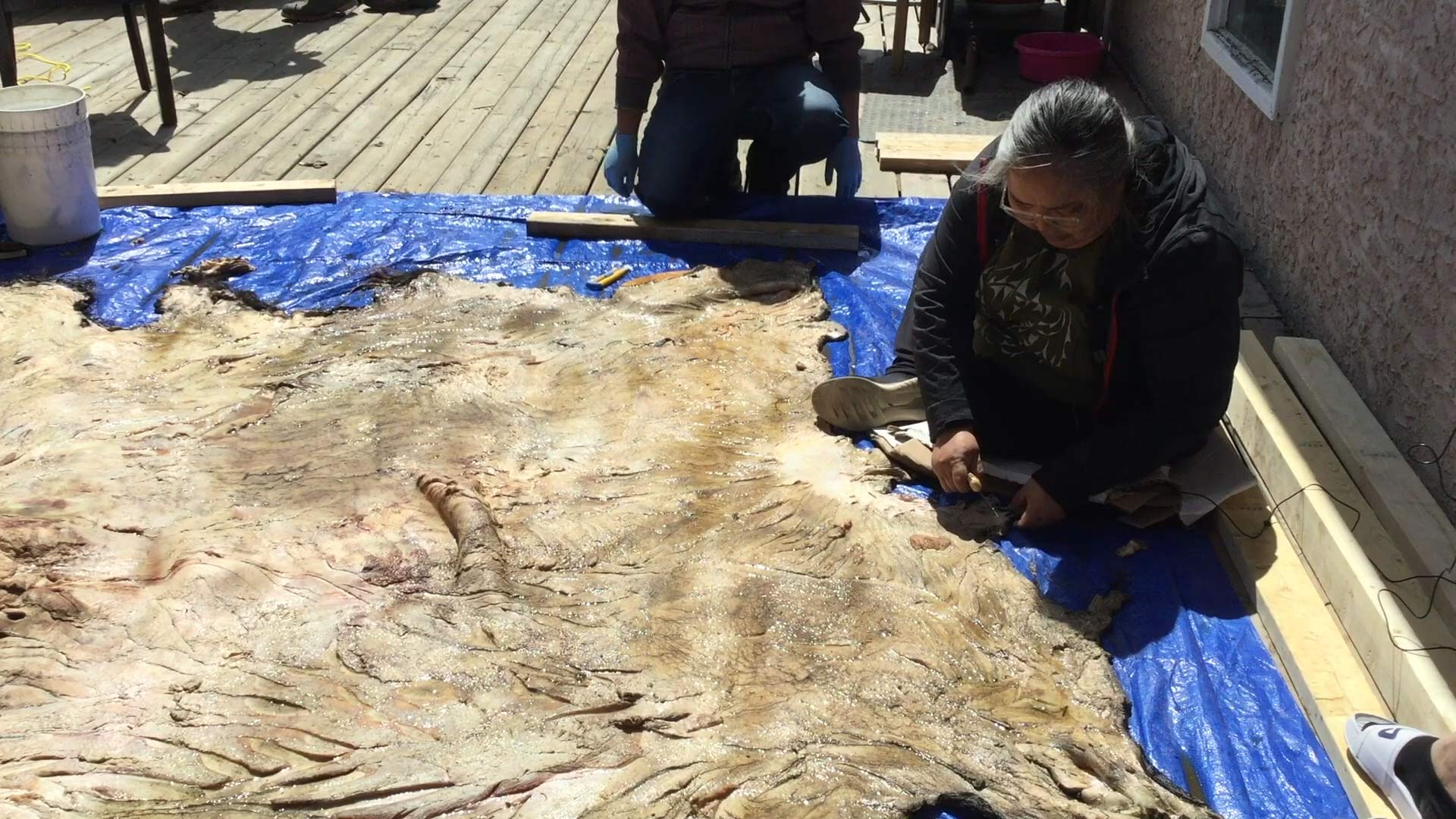
A lot of work goes into preparing the buffalo hide for scraping. First, you start by spreading out the hide and washing it, keeping it wet so it doesn’t dry out and harden. Before working on the hide it is important to smudge and pray for the hide, to work with it in a good way. It is important to remain open to the teachings of the hide and reflect while you are working on it. Then, in order to string up the hide it needs many holes cut into the edges of the hide. In order to make the holes it is important to cut the fat off from around the edges before it is strung up, otherwise it becomes too difficult scraping around the rope and holes. After the crew is done scraping around the edge and the holes are made, they can begin to make the 10×10 frame with which the hide will be tied to and strung up so that they can begin scraping.
Joely BigEagle-Kequahtooway and Lorne Kequahtooway are artists and leaders behind the Buffalo People Arts Institute (BPAI). Founded in 2015, BPAI became a non-profit organization whose mission is to share traditional Indigenous teachings and knowledge in order to raise social consciousness and create awareness of the power and strength drawn from blood memory and our connection to the buffalo.
In collaboration with NCCIE and Common Weal, BPAI documents the process of and teachings about buffalo hide tanning. This series of stories entitled, Buffalo Hide Tanning and Teachings, takes you on a journey of exploring connection to the buffalo while also reflecting on the social and historical realities of the buffalo and the people who rely on its survival.
Posted on by Steffany Salloum
In Part 4 of the series, the Buffalo People Arts Institute demonstrate hide scraping tips and techniques.
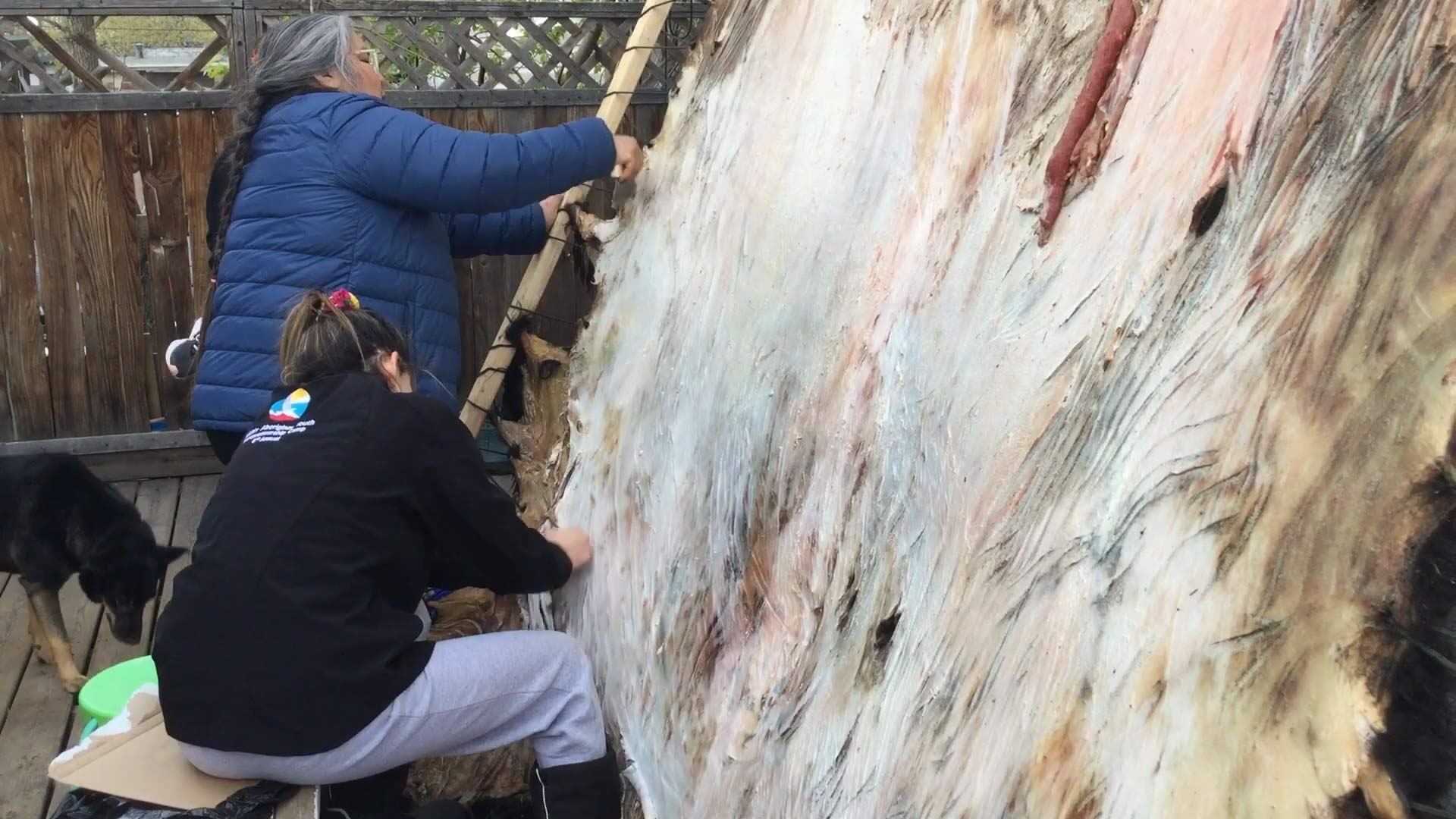
The meditative act of scraping a buffalo hide activates and re-awakens who we are through both physical and spiritual memories in our hearts and minds. As we do this work, we remember that our ancestors were trained from a young age to do this work and by knowing this we feel connected to them. We do this work together and are committed to seeing it through which bonds us as women. Joely BigEagle-Kequahtooway explains, “just like the buffalo we have made it through the dark times of colonization, and now we have to do this hard work to make it through the next parts.” For BigEagle-Kequahtooway, the buffalo feeds her spirit and by doing this work it makes her spirit happy – one lesson is to take actions that feed your spirit.
Joely BigEagle-Kequahtooway and Lorne Kequahtooway are artists and leaders behind the Buffalo People Arts Institute (BPAI). Founded in 2015, BPAI became a non-profit organization whose mission is to share traditional Indigenous teachings and knowledge in order to raise social consciousness and create awareness of the power and strength drawn from blood memory and our connection to the buffalo.
In collaboration with NCCIE and Common Weal, BPAI documents the process of and teachings about buffalo hide tanning. This series of stories entitled, Buffalo Hide Tanning and Teachings, takes you on a journey of exploring connection to the buffalo while also reflecting on the social and historical realities of the buffalo and the people who rely on its survival.
